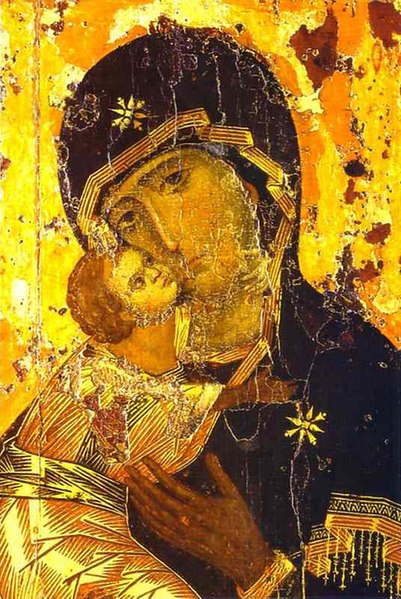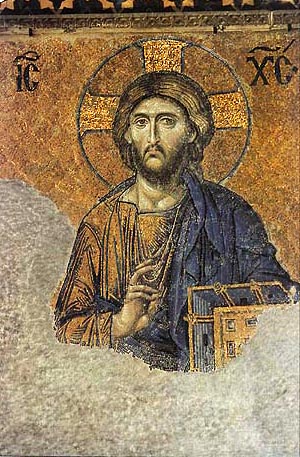Facade of Pazzi Chapel
My own picture
Keeping with the Renaissance theme of my past couple of art analyses, I am going to discuss the Pazzi Chapel, a building commissioned by the powerful Pazzi family that resided in Florence (similar to how the Medici commissioned the Palazzo Medici Riccadi). The building, designed by the erudite and prolific Filippo Brunelleschi, is inside the cloisters of Santa Croce, a cathedral in Florence with a Gothic Italian façade (i.e. marble encrustacean, horizontal thrust, wood timbered ceiling). I visited Santa Croce three years ago and actually stood outside the Pazzi Chapel, but alas, my family and I did not go in. The Chapel was supposed to be a learning area for the monks of Santa Croce, and it was also a burial place for the Pazzi family members. Although the Pazzi paid for the Chapel because of “altruistic” motives (to help the Church), they really wanted to show their power, wealth, and status. Influential families harbored rivalries with one another, as each tried to dominate Florentine politics and daily life. In this case, the Pazzi and Medici were enormous rivals, and members of the Pazzi family even tried to murder Lorenzo de Medici.The Renaissance was characterized by a new interest in Greek and Roman ideals, humanism (focus on the individual), and Neo-Platonism (combining Christianity with classical logic). The early Renaissance (which lasted from 1400-1492), flourished in Florence with famous artists such as Donatello, Masaccio, and Verrocchio. The most famous architect was Brunelleschi, the genius who was also an oddity; he designed the Hospital of the Innocence, the Duomo of Florence (where he is buried), and the Pazzi Chapel. Most importantly, he invented (or more likely, rediscovered) the principles of perspective, a way of transferring three dimensional objects onto two dimensional surfaces. Perspective had likely been utilized by the Ancient Romans (i.e. in the Boscoreale: Frescoes from the Villa of P. Fannius Synistor in the Metropolican Museum in New York City), but through the course of the middle ages, the specifics were lost. Going off on a tangent, I would like to look at several Roman frescoes because they demonstrate technical virtuosity and visual pleasure. The first is a nature scene from the Villa of Livia. The cool blues and green, perspective in the fading trees and vegetation, and the fence that separates the earthly visitor from the idyllic paradise are executed with the utmost skill. Wall painting in Rome went through four distinct phases, mirroring the tastes of the upper class (patricians) of Rome. The first style was frescos imitating marble, the second was fantasy/nature/walls that mimicked real buildings, the third style was decorative or “ornamental”, flat architecture painted onto the surface of the walls, and the fourth style was a combination of all the previous styles. Brunelleschi rediscovered all these ancient principles and brought them into the “modern” age.
 |
|
Garden Fresco from Villa of Livia http://commons.wikimedia.org/wiki/File:Rom-Villa-Livia.jpg |
|
|
| Santa Croce (Pazzi Chapel in center right) |
 |
|
Interior of Pazzi Chapel http://en.wikipedia.org/wiki/Pazzi_Chapel |
My AP Art History course
http://thouarthistory.blogspot.com/2009/04/four-styles-of-roman-wall-paintings.html




